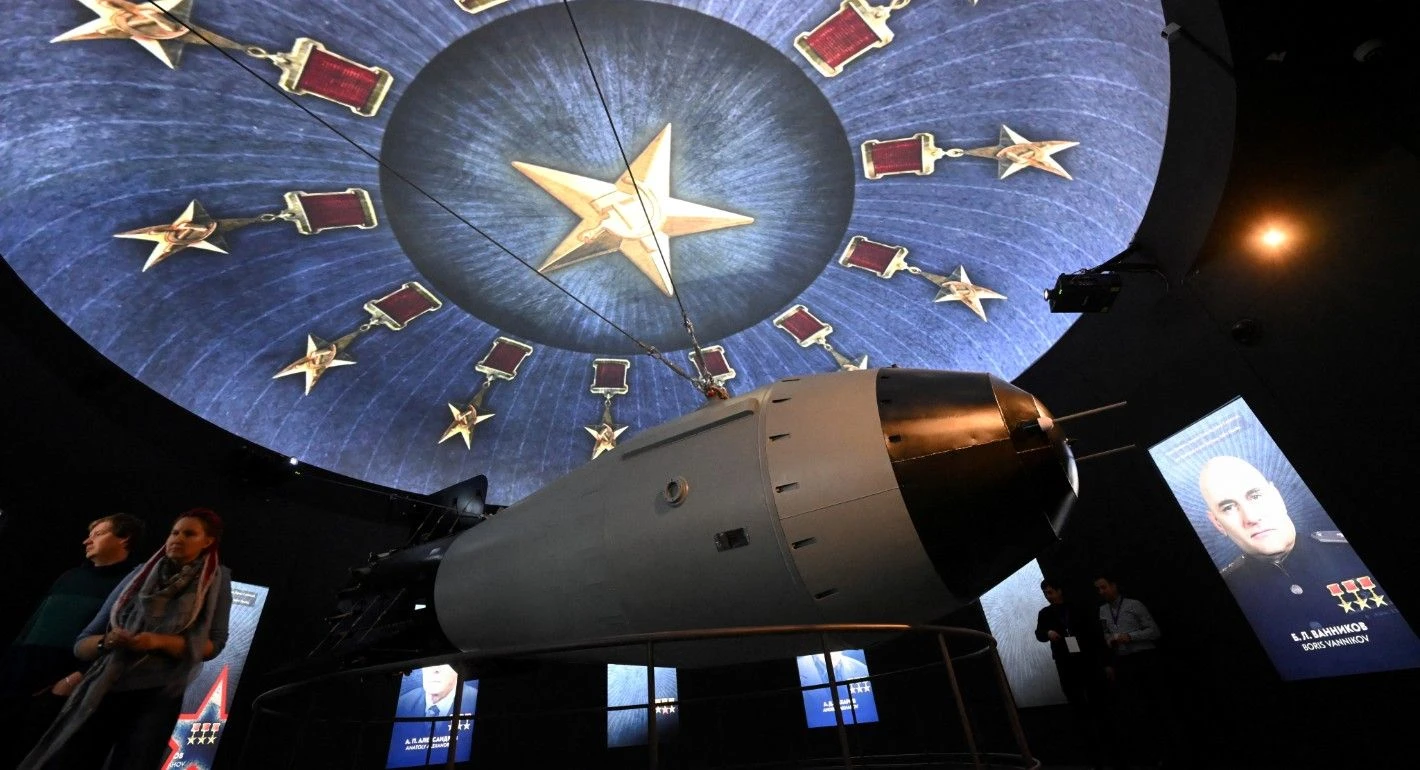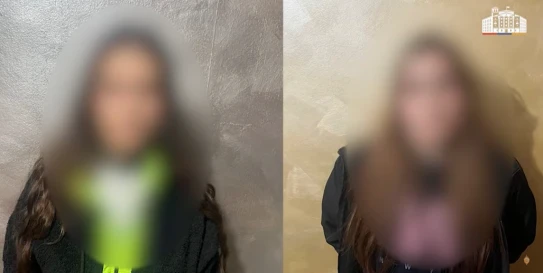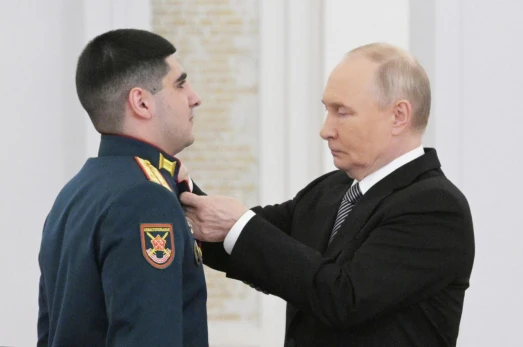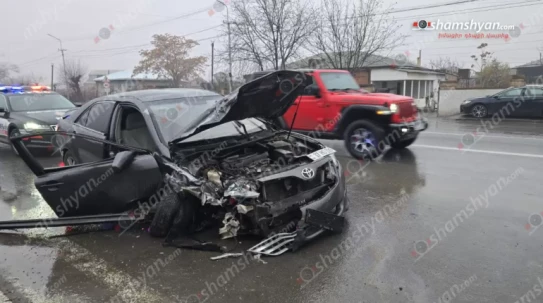The new doctrine contains several fundamental changes compared to Putin’s similar decree in 2020. Thus, the wording on the possibility of using nuclear weapons was expanded when “the very existence of the state is threatened.” Now we are talking about “a critical threat to sovereignty and (or) territorial integrity.” That is, the threshold for use has been lowered, and from now on Moscow considers it possible to use nuclear weapons simply to defend the territory. It is no coincidence that the list of “main military dangers” now includes the following:
“Actions of a potential enemy aimed at isolating part of the territory of the Russian Federation.” The Kaliningrad region immediately comes to mind, surrounded by NATO countries, which in theory, if necessary, could organize a transport blockade of the enclave. The authors of the new doctrine are trying to convey the idea that the Kremlin will be ready to take extreme response measures even if there is a threat of losing a region. But they are not very successful at this, because the menacing formulations do not fit well with the reality on the battlefield. Ukraine not only seeks to return its regions included in the Russian constitution in 2014 and 2022, but also seized part of the “canonical” territory of the Russian Federation - the Kursk region. One could answer that none of the threats to these regions became critical for Russia, since there was no nuclear response. But this makes the doctrine ambiguous and largely gives Moscow’s opponents a free hand. Such ambiguity encourages them to try to test the waters in practice: to find out whether the seizure of how many square kilometers and where exactly will be considered a “critical threat.”
Scare everyone. With the help of the new doctrine, the Russian leadership also hopes to scare all countries that have decided to join coalitions, blocs and alliances unfriendly to Russia. The message is simple: they will no longer be able to hide behind the backs of nuclear states. If previously nuclear doctrine restrained states and coalitions possessing weapons of mass destruction and/or prevailing conventional forces, now a nuclear response can be given to any US ally, NATO or other adversary.
This directly follows from the new formulations, where Moscow now, firstly, considers aggression by non-nuclear countries with the participation of a nuclear state a joint attack. And secondly, it considers an attack by any NATO country as an attack of the entire Alliance. Also, nuclear deterrence is now “exercised against states that provide territory, air and (or) sea space and resources under their control for the preparation and implementation of aggression against the Russian Federation.” This is an obvious reference to Ukraine, which, according to Moscow, is being shamelessly used by NATO and the United States for their own purposes. Although Russian officials and politicians have repeatedly stated that Russia has no plans to use nuclear weapons against Ukraine, such a possibility is now officially enshrined in the document. Moscow is once again convincing itself and others that the war with Ukraine is a war with the North Atlantic Alliance. Moreover, as follows from the doctrine, any state acting in alliance with NATO against Russia risks receiving a nuclear strike.
It is also significant that the clause on Russia’s compliance with arms control agreements as part of the containment policy was removed from the doctrine, although Moscow did not abandon many of them. In theory, this means that the Russian Federation can now actively accumulate nuclear warheads and nuclear weapons carriers, as well as conduct tests and present all this as nuclear deterrence. It is also worth noting that previously nuclear weapons were considered in the doctrine “solely as a means of deterrence,” but the word “exclusively” was removed. That is, the authors of the doctrine hint to us, nuclear weapons, if necessary, will be used on the battlefield. And there can be many reasons. In its struggle with the West, Moscow has significantly expanded the list of potential threats suggesting the possibility of a nuclear response. In addition to the already mentioned “isolation of part of Russian territory,” the list included the destruction of environmentally hazardous facilities (primarily nuclear power plants), blocking access to vital transport communications, further expansion of NATO, and large-scale exercises on the border. Nuclear threats have been made before when discussing such scenarios, but now they are recorded in official documents.
In general, the new doctrine significantly reduces the threshold for the use of nuclear weapons by Russia. But the problem here is that the lower Moscow sets this threshold, the more difficult it is for it to prove that it even exists. After Washington allowed Ukraine to use American long-range missiles to strike deep into Russian territory, Russian Presidential Press Secretary Dmitry Peskov stated: the “special operation” has grown into a confrontation with NATO. However, when asked to comment on the first such strike, he did not respond substantively, only expressing confidence that the Russian military is “controlling the situation.” That is, Russia’s red lines are still being probed exclusively during real confrontation on the battlefield. And the decision on a nuclear strike depends not on what is written in the doctrine, but on one person - Vladimir Putin.


























